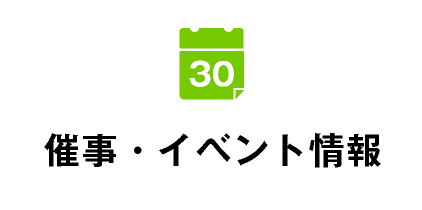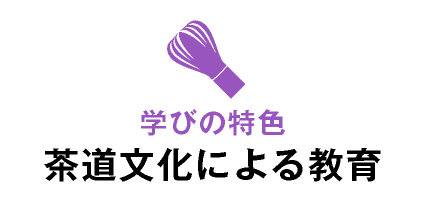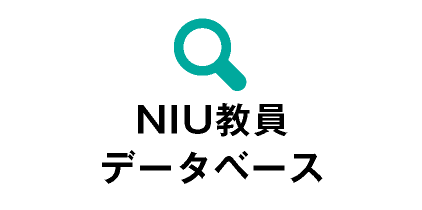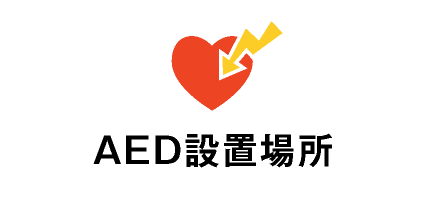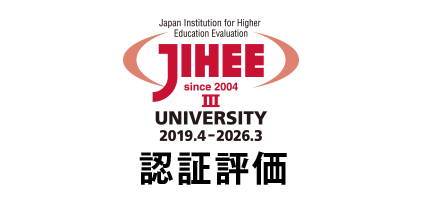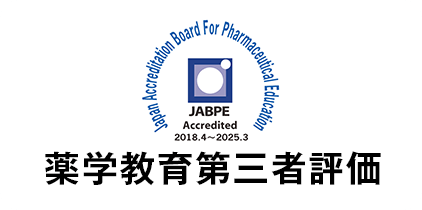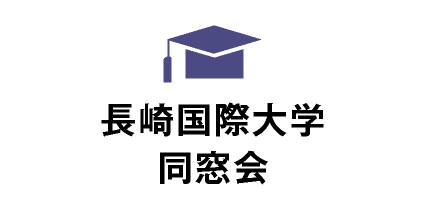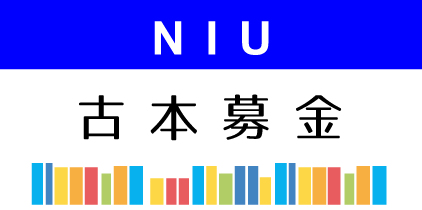学術研究トピックス
NIU-uniTS-YCU team discovered unconventional structure of galectins with signal peptide sequences from marine sponges
Published in Marine Drugs and BBA Advances
Nagasaki International University, (NIU, JP), University of Trieste (uniTS, IT), and Yokohama City University (YCU, JP) team announced that have determined the primary structure of galectins from marine sponges and discovered unconventional structures that differ from those of general galectins found in vertebrates. This achievement by NIU-uniTS-YCU team has been recently published in a Special Issue “A Bridge over Future Glycoscience” of BBA Advances1, and Marie Drugs2. J-GlycoNet, a collaborative platform to accelerate a National Research Project "Human Glycome Atlas Project (HGA)" 3, invited an Assoc. Prof. Marco Gerdol (uniTS) (Fig.1) to NIU, Nagasaki, Sasebo in the summer of 20244. The team started international collaborative research about lectins in marine animals, elucidating these unusual properties of sponge galectins.
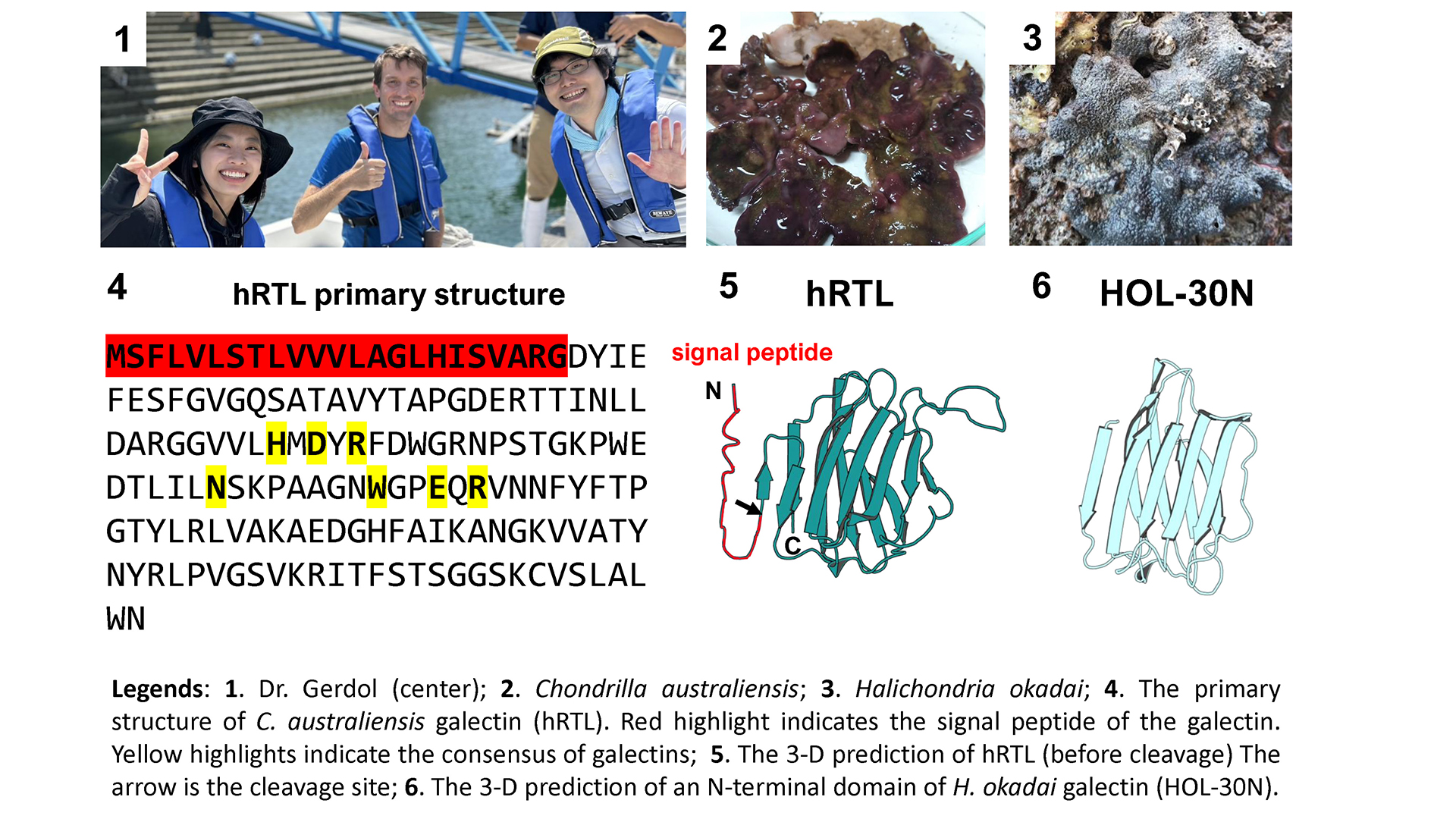
Significance of the study
- Six novel galectins were identified from the marine sponge, Chondrilla australiensis.
- Signal peptide sequences were observed in all those galectins, and they were cleaved when their expression.
- In general, galectins did not contain signal peptides. However, the galectins from certain sponge species did.
Summary of the study
While the structures of more than 10,000 lectin species have been elucidated, only about 10 sponge lectins have been identified (as of 2025). The research team has determined the primary structure of galectins purified from the Australian sponge Chondrilla australiensis (Fig. 2) and the Japanese sponge Halichondria okadai (Fig. 3) using a combination of transcriptome analysis5 and Edman degradation. By comparing the primary structures of sponge galectins, HOL-30 (Fig. 6), from H. okadai, lacked a signal peptide as the same as many common galectins, whereas the N-terminus of all six galectins (hRTL named from Chondrilla australiensis tetramer lectin) from Chondrilla australiensis had an additional sequence, suggesting that the signal peptide consisted of 23 amino acid residues (Fig.4, 5). The signal peptide was cleaved when the lectin was expressed.
Exceptional cases were reported in invertebrates, specifically Nematoda (Caenorhabditis elegans) and marine sponge (Geodia cydonium), which had been found to have signal peptide-like sequences in their cDNA. However, this is not only the first report that transcripts of galectins with signal peptides have been cleaved to be expressed in the sponge, but also the first time they were elucidated to have glycan-binding activities. This suggests that galectins in sponges are involved in cell adhesions and interactions between symbiotic or pathogenic bacteria, as they are released outside the body and into the intercellular space. Since the sponge is a crucial animal in the marine ecosystems, elucidating the mechanisms of interaction between organisms by focusing on lectin-glycan interaction is meaningful for preserving the aquatic environment.
On the other hand, human galectins, which are primarily located in the cytoplasm and lack signal peptides, are believed to have physiological functions within the cytoplasm; however, their exact roles remain unknown. In addition, human galectins will be used as a new biomarker for cancer because the increase in expression by oncogenesis has been reported. Following this study, we aim to elucidate the localization of galectin in sponge tissues and consider the circumstances under which signal peptide sequences in galectins were lost through evolution. Studying sponge galectins will help us understand the further roles of human galectins, which have diverged significantly from their animal ancestors, and provide new applications as medicinal tools. As our next goal, we will elucidate the secretion of galectins via signal peptides and their transport pathway through the organelles such as Golgi apparatus to further understand galectin functions. We would like to accelerate the international and multidisciplinary collaborations for the field of glycobiology.
Collaborations

The FY2024 24E26 J-GlycoNet joint research was an international collaboration that included Drs. Yuki Fujii, Tatsuya Kawasaki, Yukiko Ogawa, and Hideaki Fujita (NIU, JP), Kenichi Kamata (Nihon Univ, JP), Marco Gerdol (uniTS, IT), Bishnu Pada Chatterjee (Chittaranjan National Cancer Institute, IN), Sarkar MA Kawsar (Univ of Chittagong, BD), Imtiaj Hasan (Univ of Rajshahi, BD), and Sultana Rajia (Varendra Univ, BD), and Yasuhiro Ozeki (YCU, JP), and Saikai National Park Kujukushima Aquarium Umi Kirara
Fundings
JSPS KAKENHI 24K08716, 23K06190, and 23K10950.
Interconnected Nord-Est Innovation Ecosystem (iNEST) the European Union Next-Generation EU (PIANO NAZIONALE DI RIPRESA E RESILIENZA (PNRR)—MISSIONE 4 COMPONENTE 2, INVESTIMENTO 1.5—D.D. 1058 23/06/2022, ECS00000043 (Gerdol).

Yokohama Trial Grant for Research and Development YT2024-1050 from the City of Yokohama.
リンク
- Characterization of HOL-30: a novel tandem-repeat galectin from the marine sponge Halichondria okadai, BBA Advances 7, 100153, 2025 in Special Issue: A bridge over future glycosciences
- Novel galectins purified from the sponge Chondrilla australiensis: unique structural features and cytotoxic effects on colorectal cancer cells mediated by TF-antigen bindingl Marine Drugs 22, 400, 2024
- J-GlycoNet Joint research
- Dr Gerdol’s international research collaborates and a seminar at NIU in 2024
- NCBI PRJNA1140828 (Chondrilla australiensis), BioProject: PRJNA1141218 (Halichondria okadai)
- NIU HP Japanese version
Contact information
Dr. Yuki Fujii, Assoc. Prof., Laboratory of Functional Morphology, Graduate School of Pharmaceutical Sciences, Nagasaki International University, Sasebo, Nagasaki, JAPAN
Email: yfujii★niu.ac.jp (change the ★ to @) Phone: 0956-39-2020 (ex 3720)







